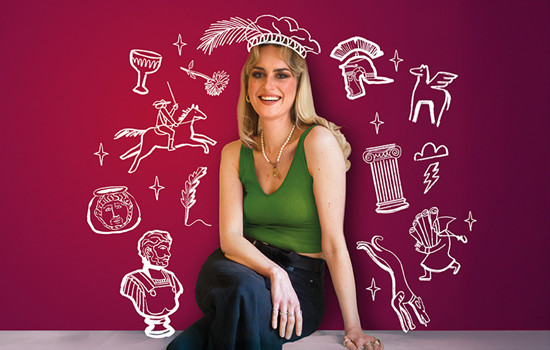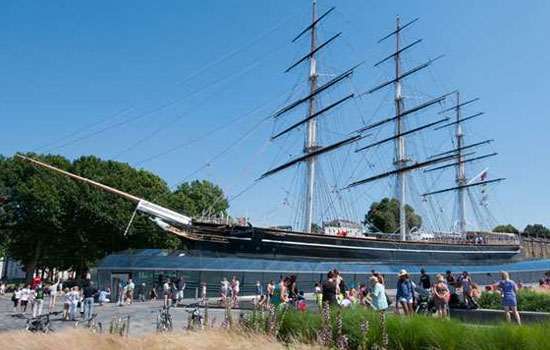Eleanor De Montfort
Eleanor, who was Henry III's sister and Countess of Pembroke and Leicester, married Simon de Montfort in 1238. Already very wealthy, she was self-assured and assertive. She played an important role in the Second Barons' War of 1264-67 and, when Prince Edward (Henry III's heir) escaped from captivity in May 1265, she moved to Dover Castle. This both provided her with greater security and gave her the chance to influence the area's ports.
In August, Eleanor's husband - who had been the de facto ruler of England - and eldest son were both killed at the Battle of Evesham. Two months later, Edward besieged Dover Castle. Instead of surrendering, Eleanor tried to hold the castle and negotiated a successful settlement that pardoned her supporters, before she was exiled to France.
Visit Dover CastleMary Tudor
Born in 1516, Mary was the only surviving child of Henry VIII and Catherine of Aragon. The King's relationship and later marriage to Anne Boleyn caused an estrangement between him and Mary as she remained in steadfast support of her mother. Nonetheless, she was named heir to the throne after her younger half-brother Edward (Edward VI) but remained a passionate Roman Catholic.
On Edward's death in 1553, a rival Protestant candidate, Jane Grey, was crowned in London and Mary fled to East Anglia. After assembling her supporters at Framlingham Castle in Suffolk, she became the first official queen of England. Her aim was to reverse the Reformation and heresy laws were revived, which resulted in around 300 Protestants being burned at the stake - she was known posthumously as Bloody Mary. But she preserved the Tudor dynasty and demonstrated that women could rule.
Visit Framlingham CastleLady Anne Clifford
As part of a 17th-century legal struggle, Lady Anne Clifford was one of the first English aristocrats to insist on equal land rights with men. After her two brothers died young, her father - George Clifford, 3rd Earl of Cumberland - attempted to keep the family estates in male hands by leaving them to his brother, and paying off Anne with £15,000.
Anne spent the next 40 years fighting to inherit the land that was rightfully hers. Eventually, even James I stepped in to deter her but she continued to fight for the estates. She finally recovered the properties when her uncle died in 1643. She then set about restoring the churches and castles on her estates, including Brough Castle and Brougham Castle, where she died in 1676 in the room in which her father had been born.
Visit Brougham CastleIsabella De Fortibus
This 13th-century heiress made Carisbrooke Castle on the Isle of Wight her base, becoming the last person to own the island. She fiercely held on to ownership of the huge amounts of land in Devon and Hampshire that she had inherited from her husband and brother by the age of 26 - land that a parade of suitors, including the younger Simon de Montfort, sought to take control of for themselves.
Indeed, such was the intensity with which she was pursued by Simon de Montfort in 1263 that she had to go into hiding in Hampshire and Wales. But she refused to marry and retained ownership of her properties throughout her life. It was only when she was gravely ill, and with no heirs, that Edward I managed to cheat Isabella out of her estate.
Visit Carisbrooke CastleMargaret Cavendish
After the Restoration of the monarchy in 1660, Margaret Cavendish returned from exile with her husband William Cavendish, who began to restore his estates, including Bolsover Castle. She became a prolific writer during the 17th century and, unlike most other female writers who used male pseudonyms at this time, she wrote under her own name on a wide variety of subjects. In 1667 she became one of the first women to attend a meeting of the Royal Society.
She was viewed by contemporaries as being eccentric, with an unusual dress sense and extravagant behaviour. But her work has lived on and some of her writing, such as The Blazing World - a highly original work that is part Utopian fiction, part proto-feminist text - is still in print today.
Visit Bolsover Castle


